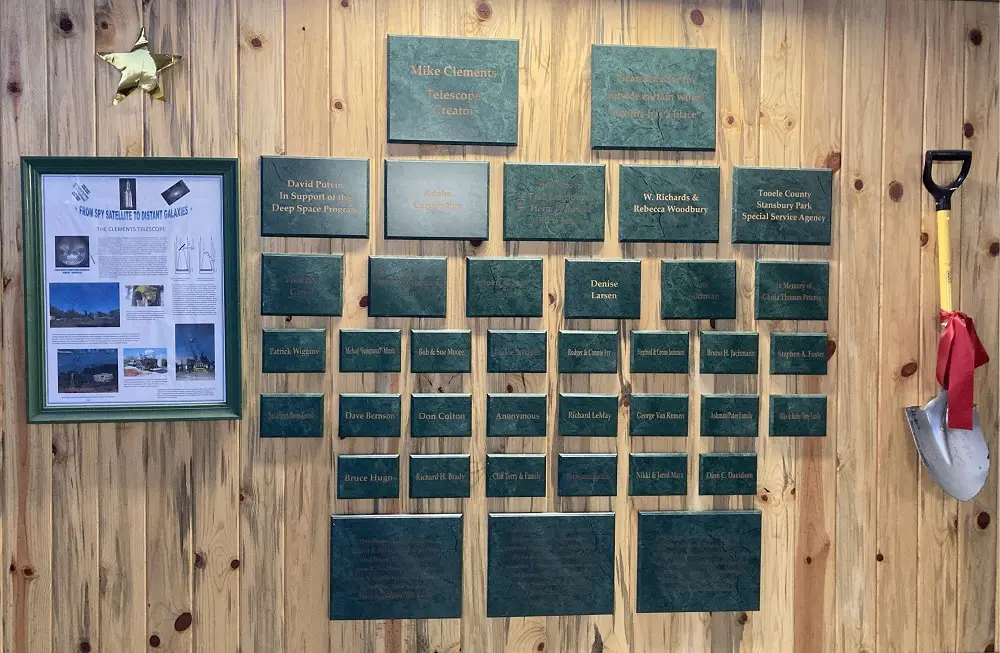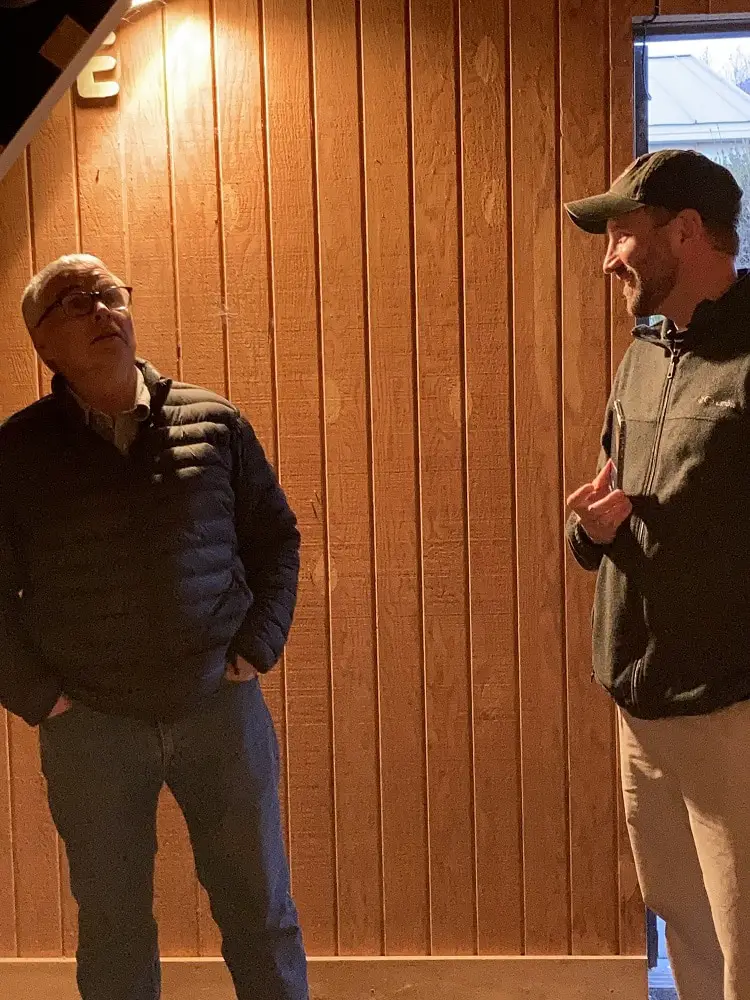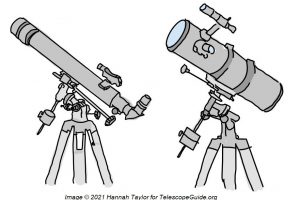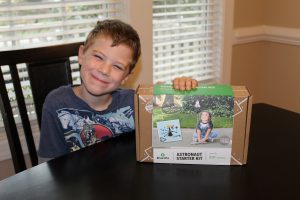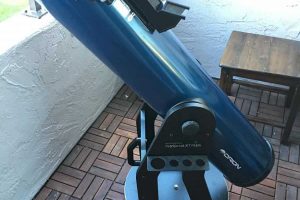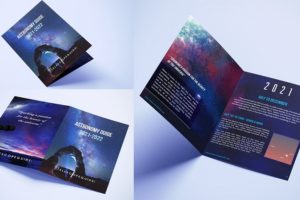I recently had the opportunity to visit the Stansbury Park Observatory Complex (SPOC) while visiting family in Salt Lake City, Utah. It was a truly inspiring experience – not just because of the world-class amateur-built telescopes (which were amazing) – but especially because of the people I met and their passion for bringing astronomy to their community. Rodger Fry (observatory director) and Mike Clements (creator of the 70” reflector) reminded me why I love learning about the universe – and how astronomy can bring people together in a unique way, at a time when we desperately need it.
See also:
Visiting Stansbury Park Observatory Complex
Although preparations were still ongoing for the upcoming spring viewing season, Rodger Fry – director of the Stansbury Park Observatory Complex (SPOC) – graciously welcomed me and my family to join him on a crisp, cold evening shortly after the facility had been de-winterized in early April 2021.
“Chances are good for relatively clear skies”, he said. And he was right – it turned out to be a nearly perfect, magical evening for stargazing.
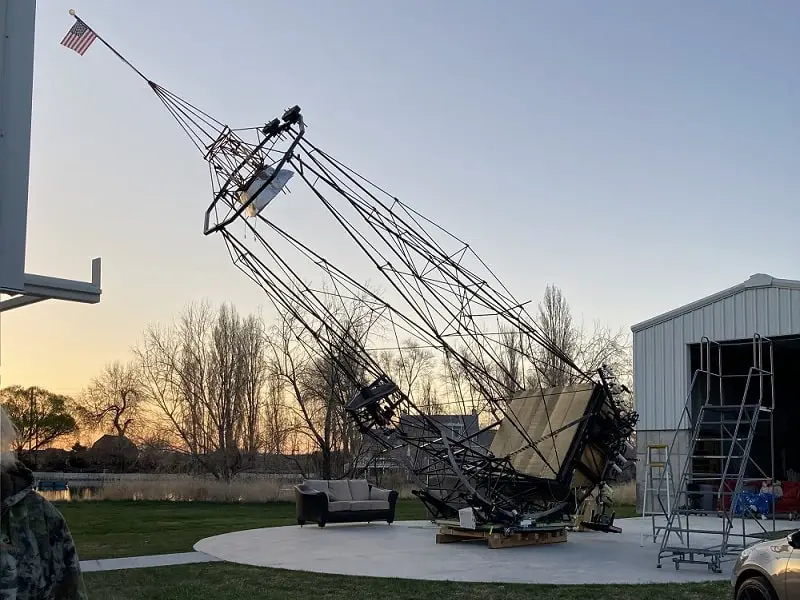
A World-Class Facility
“We’re pretty proud of this facility, “ says Rodger, who retired in 2001 and spent the next 20 years deeply involved with the club, with the last 11 years as observatory director.
“I had a telescope when I was in college,” he tells us. “My wife gave me a better telescope when I retired. But… when you’ve got these…” he said, trailing off as he gestures towards the buildings that house the observatory’s flagship telescopes. “I still use my personal scope when I travel, but I like to be out here.”
And who could blame him? With a 32” GoTo reflector available anytime, not to mention the 70” reflector – who would want to use anything else?
Thanks to generous donations over many years from club members and benefactors with a passion for the club’s mission (more on that later), SPOC has grown to include 4 building units housing some of the most powerful amateur telescopes in the world available to the public.
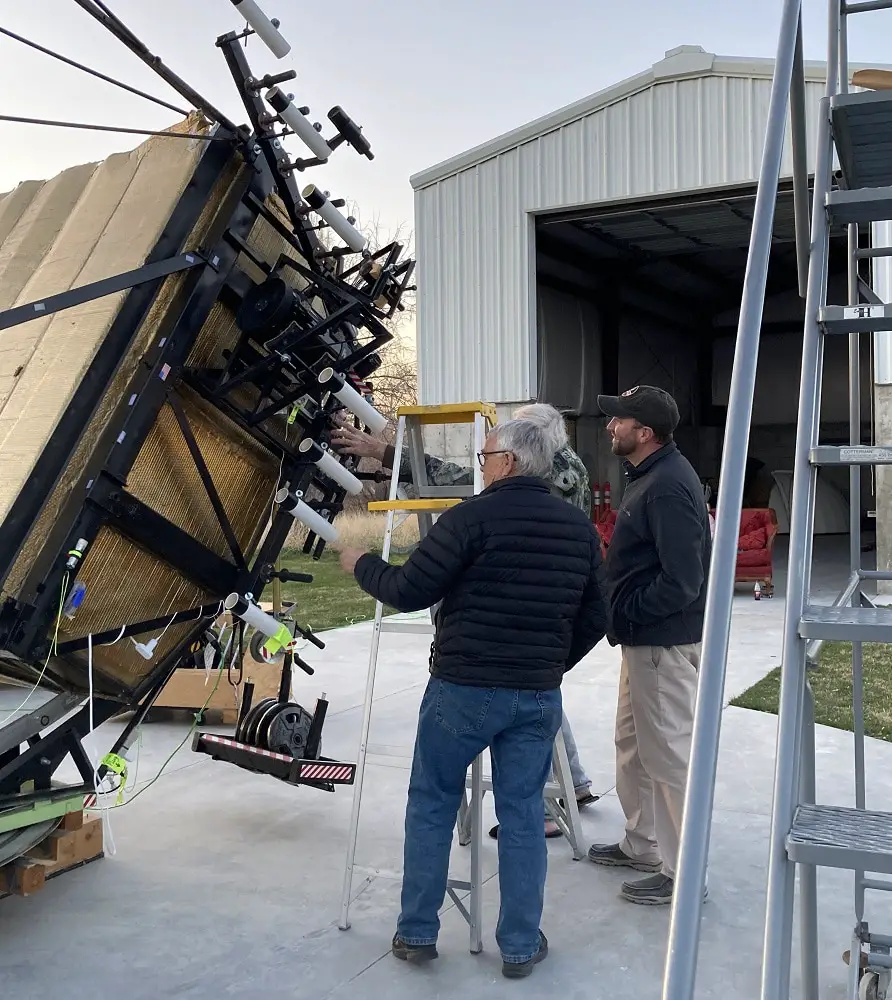
Located about 25 minutes west of Salt Lake City via I-80, SPOC is situated just a little below the Great Salt Lake. It’s owned and operated by the Salt Lake Astronomical Society (SLAS), an organization with over 200 members and a mission to introduce the public to astronomy.
While not technically a dark sky site, it’s far enough from the glowing city, with little other than mountains to the west. As a result, it’s a lot darker than you’ll typically find near a major city.
The Scopes
SPOC has four flagship telescopes – each housed in one of its four main building units. The telescopes can be reserved, used, and even operated by members without supervision (after getting certified on each telescope).
But they are not only for members – the scopes are available for public viewing at SPOC’s popular star parties, which anyone can attend at no cost. It’s not unusual to have more than 500 people in attendance. “The parking lot will be filled,” says Rodger about the star parties. “Our star parties we advertise to go until 11 pm, but it seems that we never shut down until 1 or 2 am. We’ll be out here all night.”
Here are the 4 main telescopes at SPOC:
1. Clements 70” Telescope – The world’s largest amateur-built reflector telescope. It’s essentially a giant Dobsonian design, with a mirror originally intended to go into space. Plus some unique innovations that make it truly one-of-a-kind. (More on that below.)
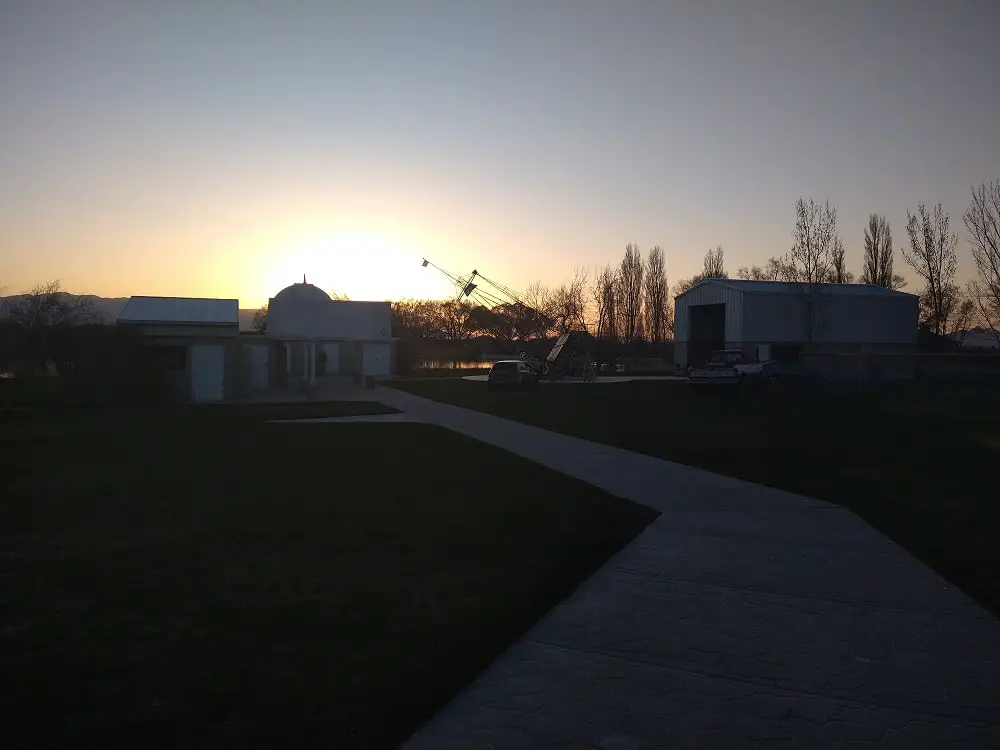
2. Grim 32” Reflector – Another truly stunning telescope, this 32” reflector was custom-built by SLAS members over a period of 5 years. It includes full “GoTo” capability with commercial-grade software and some unique features of its own that make it easy to use for public viewing events.
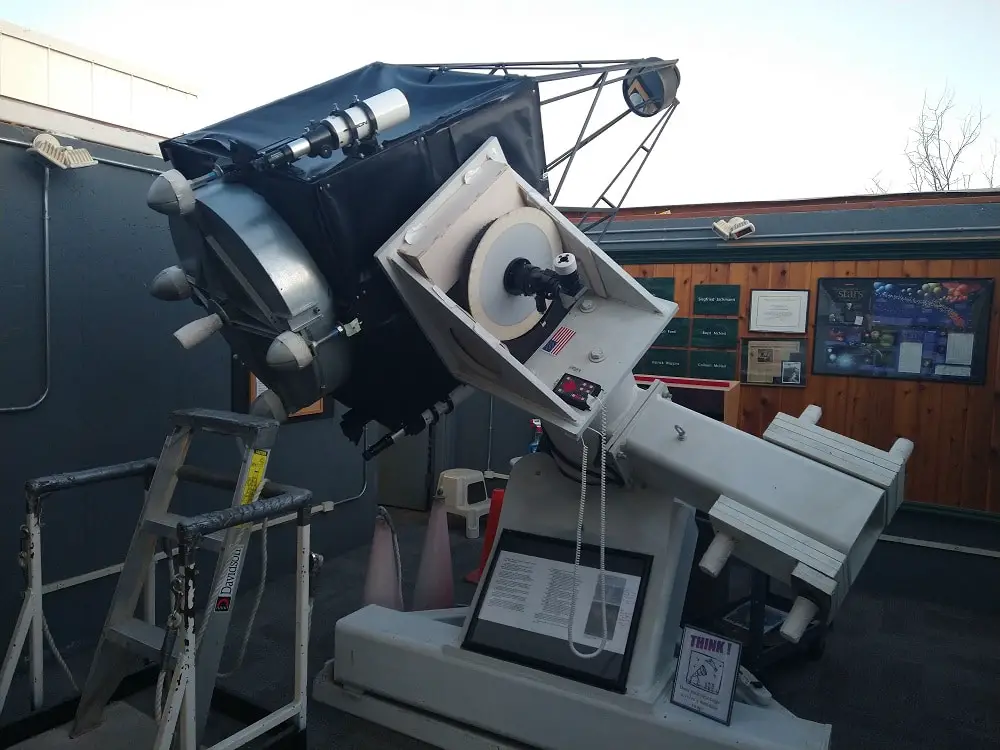
3. Ealing 16” Reflector – Located in the building adjacent to the Grim 32”, this reflector is a 16” (40 cm) Classical Cassegrain telescope with CCD imaging capabilities. Although we didn’t get a chance to see this one, it’s an astrophotographer’s dream come true.
4. Bogdan 200mm Refractor – I can’t even imagine how beautiful the planets would look with close-up magnification on this incredible refracting telescope. The “dome shaped” refractor house contains this 200 mm (7.9″) Brandt refractor telescope. (Rodger half-joked that they were thinking about painting the dome to look like R2-D2 from Star Wars. He also shared that the dome was originally a containment for a gun on a WWII Liberty Ship.)
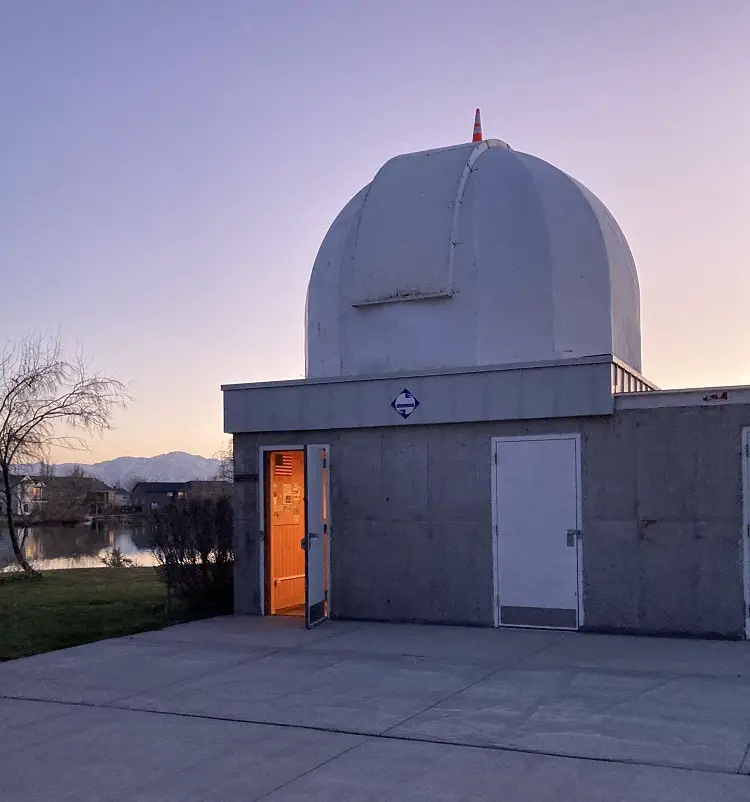
It’s worth pointing out as well that SPOC has a lot more to offer beyond its 4 main telescopes. As we walked through the largest facility that houses the Clements scope, Rodger showed us an impressive array of additional equipment.
“We’ve got actually right now more scopes than we know what to do with,” he says. As a SPOC member, if you don’t have a telescope, they’ll loan you one and share expert advice to help you find the equipment that best fits your needs.
World’s Largest Amateur-Built Reflector Telescope: The Clements 70” (1.8m) Telescope
We were in for a special treat on the night we visited SPOC. Not only did we get to spend time with Rodger learning about the observatory and its history – but we also got to meet Mike Clements, creator and namesake of the massive 70” reflector.
Mike has an infectious and intense passion for his telescope and astronomy, but he’s also down-to-earth, humble, and attentive to the people around him. Like Rodger, his heart is to teach and share the beauty of space with anyone and everyone.
He connects instantly with my kids as they discuss the nuances of Tik Tok, the popular social media app. He shares how the kids at the skate park (which is next door to the observatory) taught him how to use the app. “You know, YouTube is kind of old school … and I never got the hang of Facebook,” he says. “So when I got the Tik Tok app, the kids at the skate park said we can show you how to use it. They taught me how to do special effects, like a big telescope moving around.”
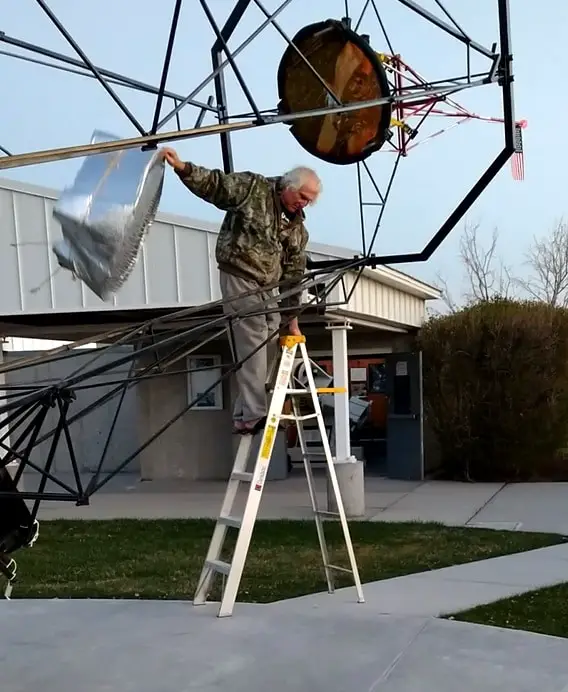
The Mirror Was Originally Designed for a Space Satellite
The world’s largest amateur reflector telescope has an interesting and unique story.
The 70” mirror was originally intended to go into space, as part of a spy satellite. It was manufactured by the ITEK Corporation under contract with the American Reconnaissance Office. Valued at $1.5 million in 1980 (that’s $5 million in today’s dollars) – the parabolic mirror is a “fused quartz honeycomb” design.
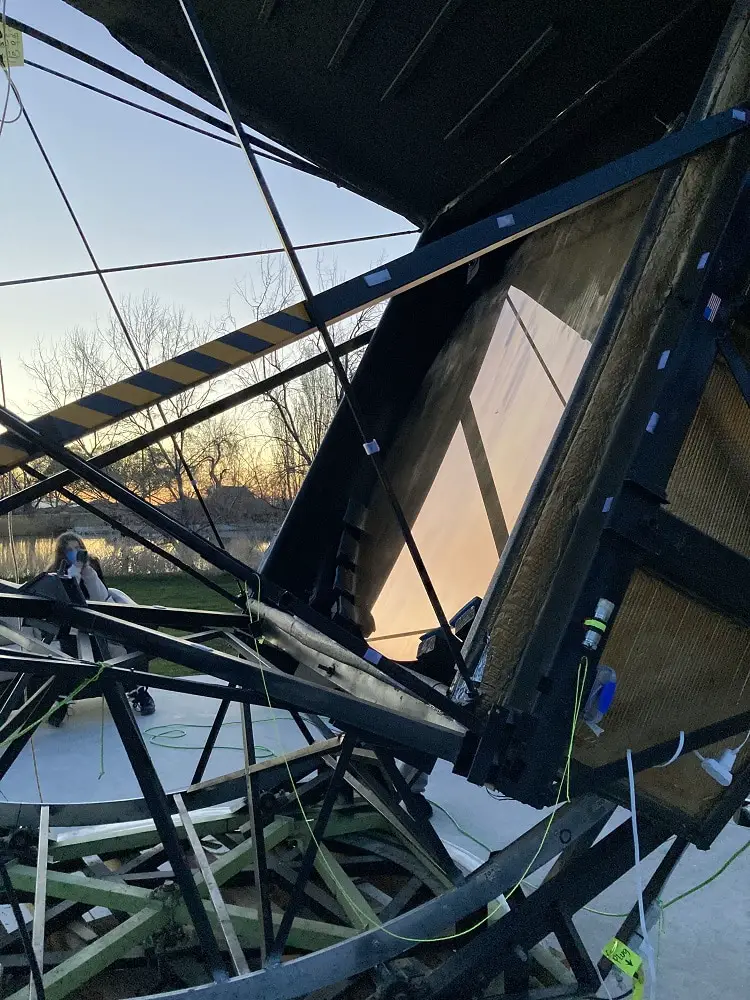
Due to a minor defect in the mirror (one that didn’t affect its optical performance for astronomy), ITEK sold the mirror to Raytheon, who put it up for auction in 2003, and it was eventually purchased by Mike Clements.
Popsicle Sticks and a Baby Monitor
Mike, who had built many smaller telescopes, had an ambitious vision to turn the mirror into a working reflector telescope. But the size and scale of this telescope – towering more than 30 feet off the ground – would require some unique engineering and innovation.
Fortunately, Mike was up for the challenge.
“Most people that would build this would get on AutoCAD and build a 3D model,” says Rodger. But Mike took a more pragmatic approach: “He built his model with popsicle sticks and hot glue.”
The first decision was the overall design of the telescope. “Basically, it’s a big Dobsonian”, Rodger explains. True to the classic Dobsonian design, the entire telescope is mounted on a rotating base with a disc that’s seven feet in diameter. Rodger explains that on a base disc of this size, a single degree is about an inch wide.
Mike shows us the method he devised for tracking the azimuth near the finder scope: It’s a simple baby video monitor, mounted so the camera is always looking at the current reading on the base disc, with the video display mounted near the finder scope.
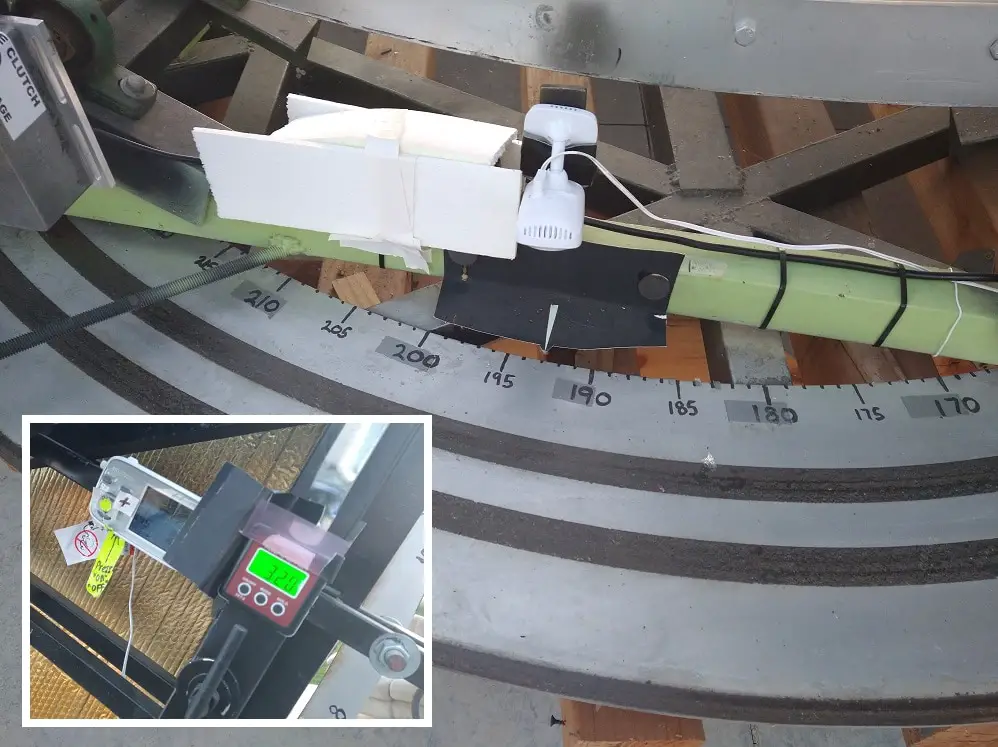
“That was my friend’s idea,” says Mike, as he deflects credit for the idea of using a baby video monitor in this creative way.
“That’s another thing I want to point out. I really haven’t invented anything here. I’ve just implemented ideas from my good friends,” he says, adding: “Oh, and a few other good friends like Isaac Newton.”
Another key design decision was the shape & degree of the secondary mirror. With a classic Newtonian reflector, the secondary mirror sits at a 45-degree angle, diverting light out the telescope towards the top. Obviously, with a 30-foot telescope, this would make it nearly impossible to reach the eyepiece.
Mike’s solution? He designed the telescope to use a flat secondary mirror that diverts light at a steeper angle back towards the base, so the eyepiece can be reached with a much smaller step-ladder. He consulted with an optics specialist to ensure the design would be visually aberration-free.
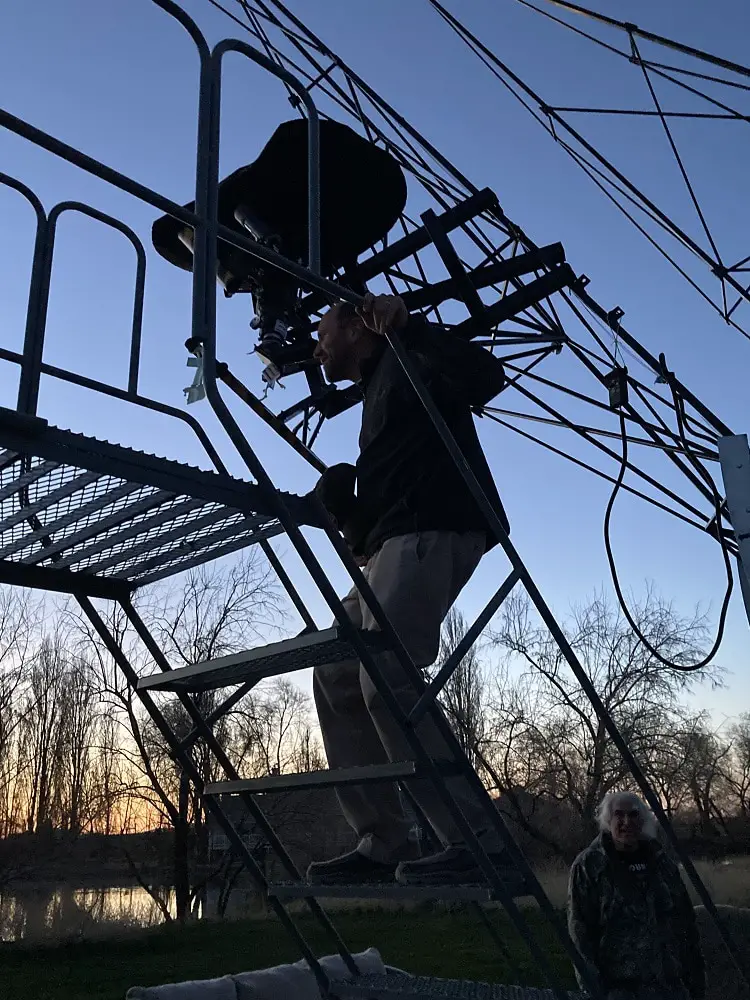
The entire telescope is moved in and out of its storage facility on a simple pallet jack – another innovation enabling the scope to be set up quickly and easily by SPOC members.
Viewing Sirius B (“The Pup”)
“We’re pupping!” exclaims Mike as he jumps down from the step-ladder. He encourages us to take a look through the eyepiece.
Sure enough, we can see Sirius B with our own eyes thanks to the miraculous light-gathering capability of a 70” telescope aperture. Sirius, known as the “Dog Star” is one of the most popular objects in the night sky, because it’s the brightest star out there. But what many people don’t know is that Sirius is actually a double star. A smaller white dwarf, Sirius B, known as “The Pup” orbits the larger and brighter Sirius A.
Mike’s enthusiasm is impossible not to catch. As we each take turns climbing the step-ladder to see Sirius A & B, there is an energy and excitement in the air.
I look over, and I see Mike talking to some of the teenagers from the nearby skate park. They’ve come over to see what’s going on. Mike invites each of the skaters – one by one – to come look through the telescope.
This moment – perhaps as much as anything else I experienced with Mike & Rodger that night – exemplifies to me who they are. As much as they love astronomy themselves, they can’t help but share it with others. So here we all are, bonding over “The Pup” – a retired engineer, a telescope builder, a family from North Carolina, and a group of kids from the skate park.
We got a chance to see many other sights through Mike’s telescope that night – Mars, Orion’s Nebula, and more. But it was Sirius B that reminded me why astronomy is important. It brings people together like few other things.
Using the Grim 32” GoTo Reflector
We spent the remainder of our evening with Rodger in the Harmon Observatory (named after Harmon’s Grocery) – taking in the beauty of numerous sights on the Grim Telescope.
The Grim is a 32” GoTo reflector. It was built by members of SLAS over the course of 5 years. It certainly doesn’t seem like an amateur telescope – it has commercial-grade software and a superbly crafted 2” thick, 32” diameter primary mirror designed and produced by SLAS member Steve Dodds who owns an optics company (Nova Optics).
It leverages a special “Dall-Kirkham” design which allows the eyepiece to remain in the same position regardless of how the telescope is rotated. This makes it ideal for public viewing events, because you can move the telescope to various targets without needing to rotate the viewing position around the telescope.
Orion’s Nebula, Whirlpool Galaxy, and More
Rodger’s passion for astronomy is on full display as he gives our family a tour of the heavens on this amazingly clear and powerful scope. We take turns viewing Orion’s Nebula, Rigel (in the Orion constellation), the Eskimo Nebula, the Whirlpool Galaxy, and other sights.
I ask Rodger about his favorite sights. He talks about viewing M13 (the Great Globular Star Cluster in Hercules). “It’s almost three-dimensional,” he says, when using the larger telescopes at the observatory. “You can see so many more stars than you could with [something smaller], it’s incredible.”
Rodger takes the time with my kids to explain how the telescope works, and shows them the computer responsible for the GoTo technology. We talk about the differences in the divisions of the rings of Saturn, and more of his favorite sights, including the Ghost of Jupiter and the Cat’s Eye Nebula.
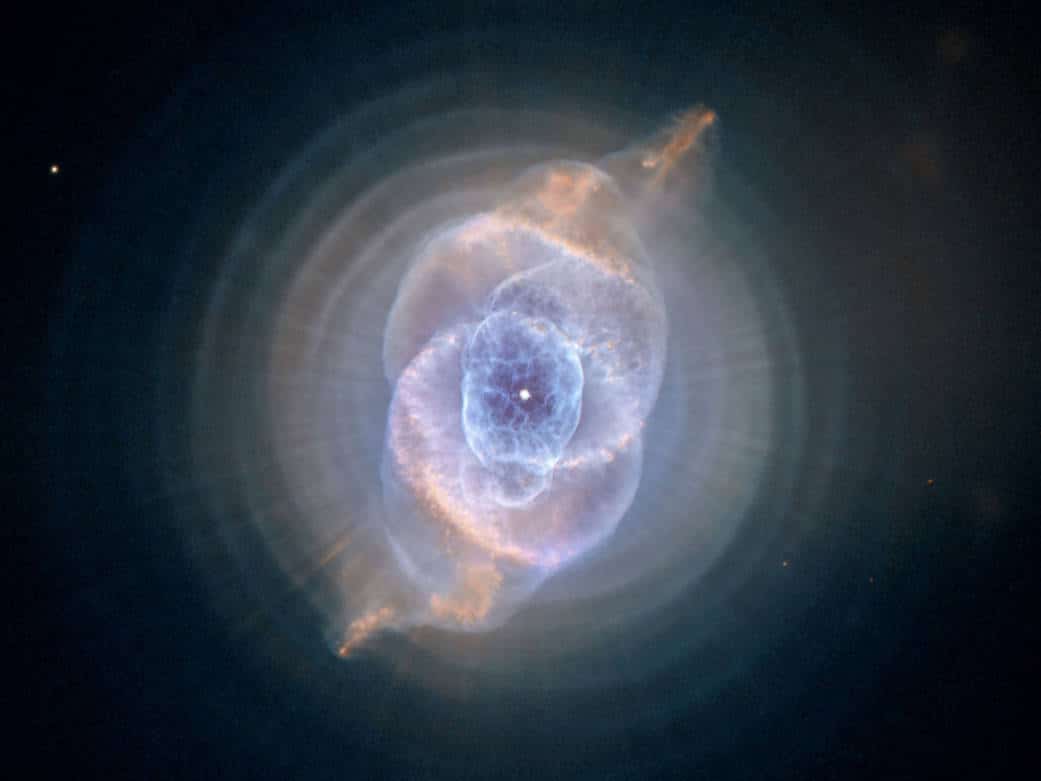
“My favorite time with [the 32” scope] is there was one night after a star party, I had it on the Cat’s Eye Nebula. And I was looking for about an hour uninterrupted. The amount of detail I could see was just incredible.”
Final Thoughts
Probably my favorite story of the night was when Rodger told me about the 92-year-old man who attended a star party and looked through the 32” reflector. Seeing the rings of Saturn with his own eyes for the first time in his life – his eyes welled up with tears as he said to Rodger, “I never thought I would see something as beautiful as this.”
And that story pretty much sums up SPOC in my mind. What made Rodger and Mike remarkable to me was their infectious passion for sharing the universe with others.
And not just them, but the organization they are a part of, and all the people who have contributed to it. (See the image below highlighting some of those people.) SPOC is a special place, not just because of the amazing telescopes and facilities – but also (and especially) because it’s a group of people who love and serve their community through astronomy.
